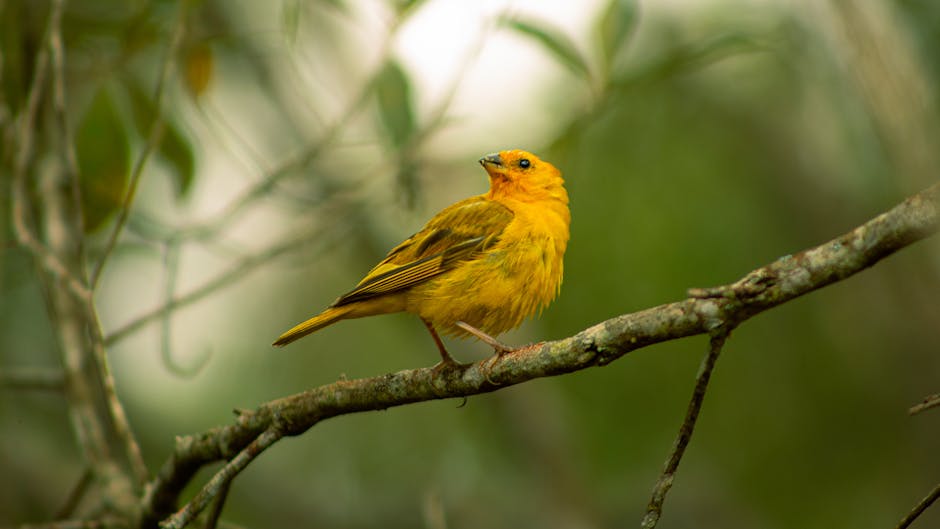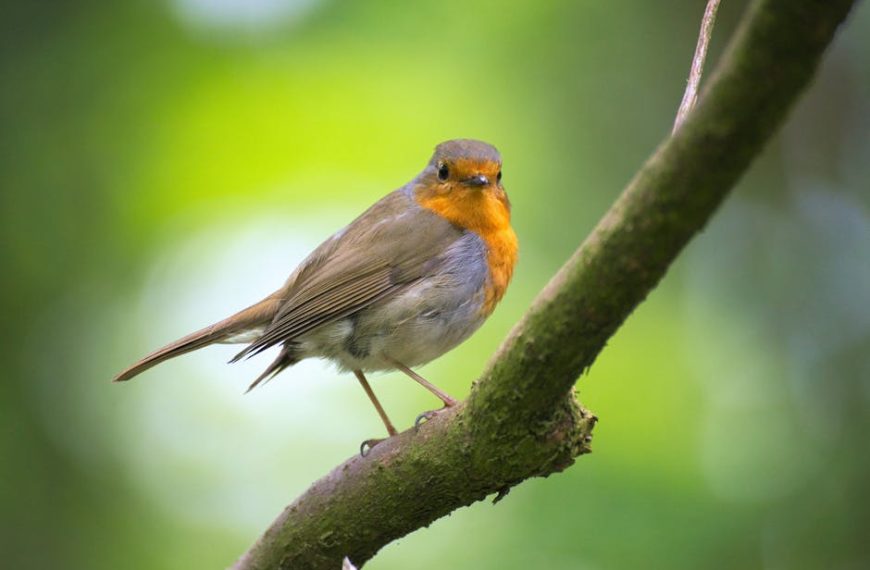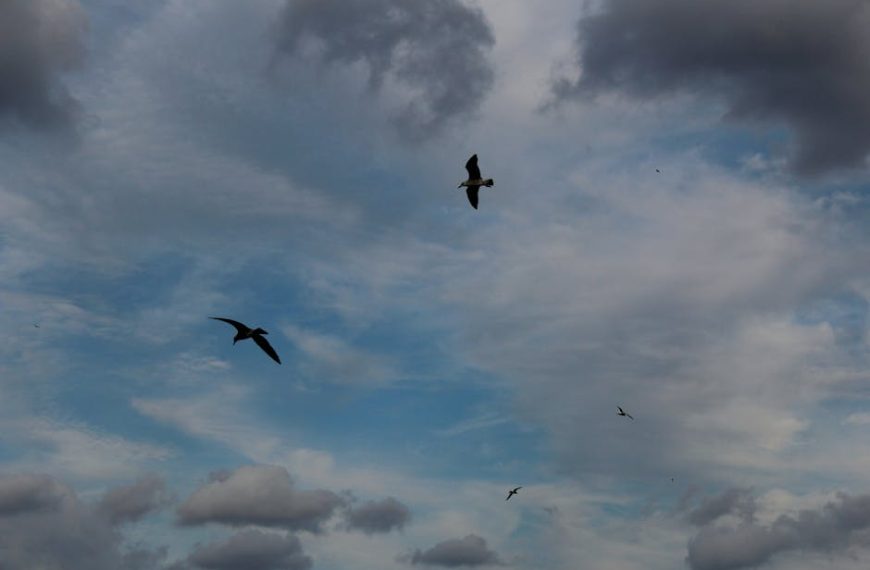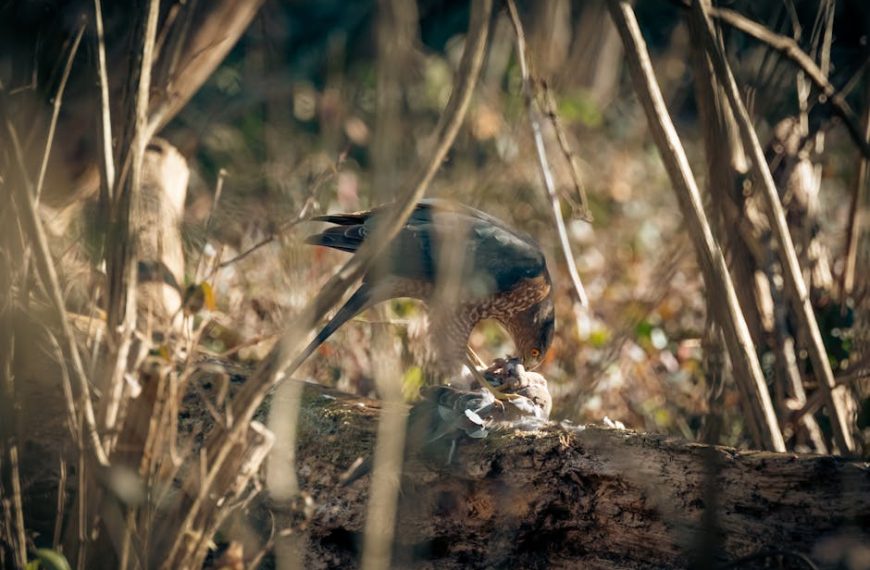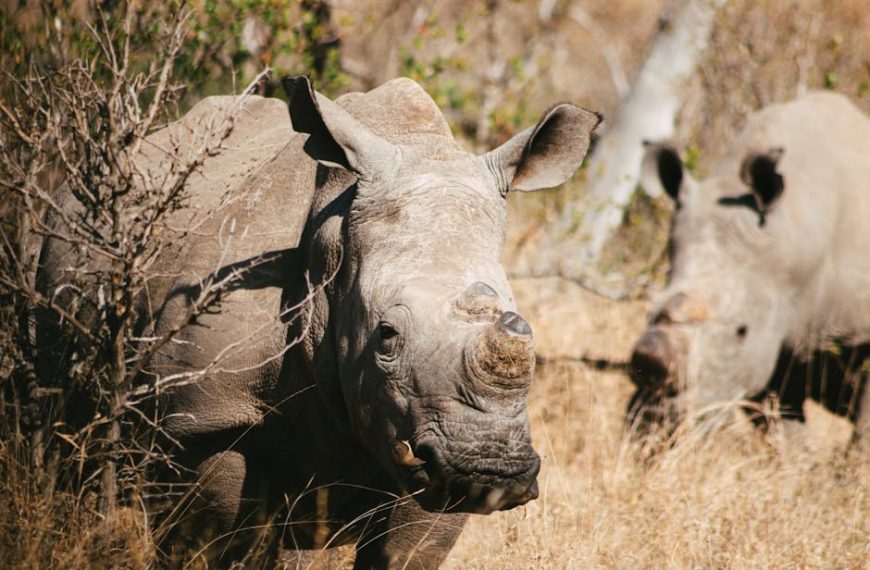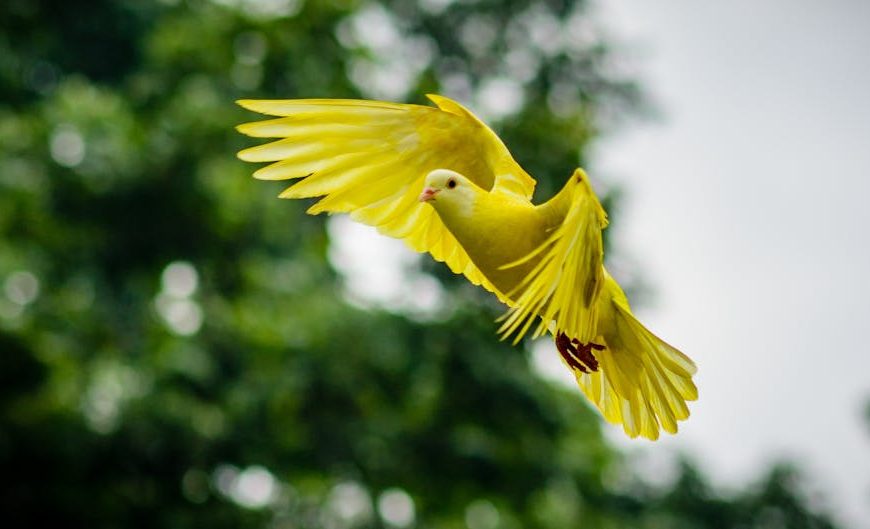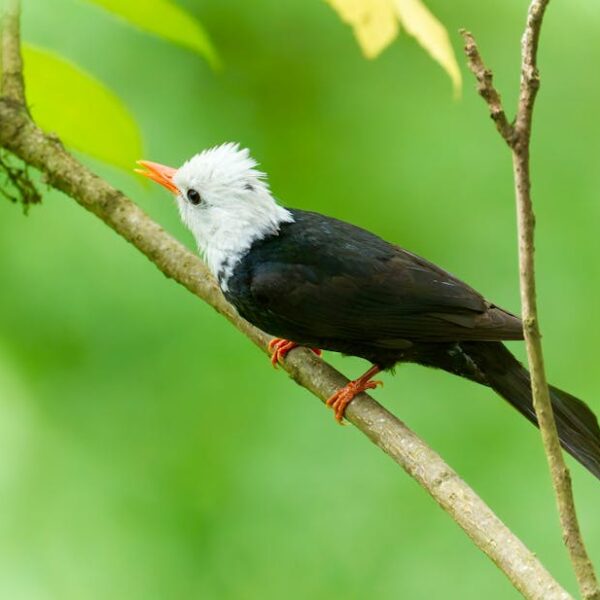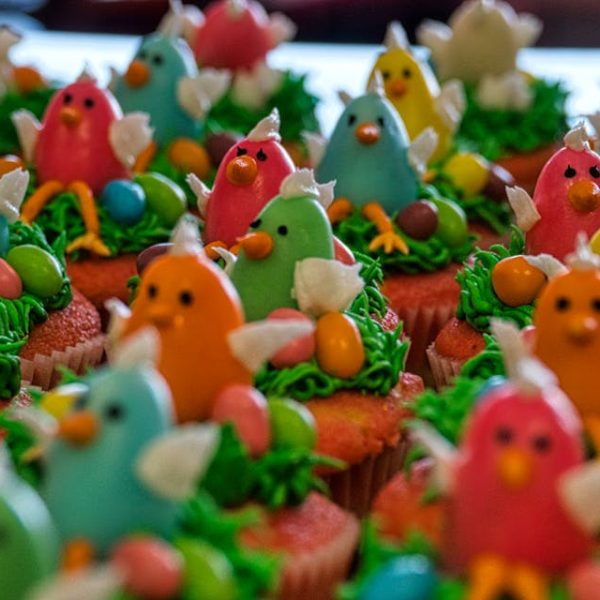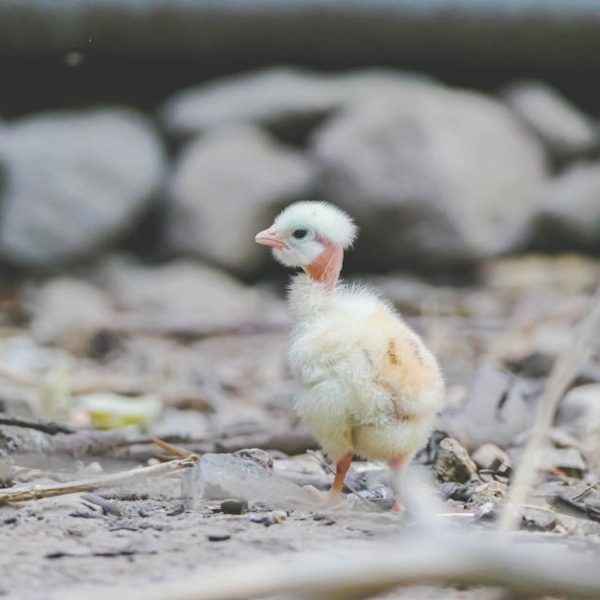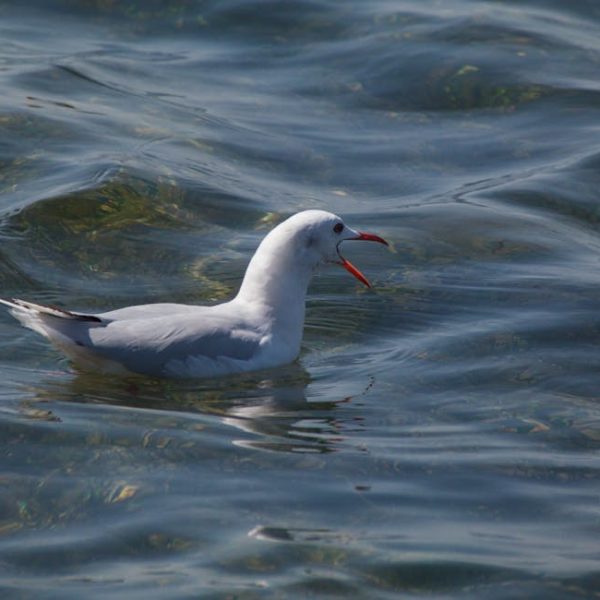In nature’s grand circle, birds serve an invaluable role as enablers of seed dispersal, aiding immensely in the propagation and spread of plant life. Going about their regular business of foraging for food, birds play midwife to myriad plant species, in the process contributing significantly to the vibrancy and variety of the planet’s green cover. Their participation in this universally critical process is quite detailed, and this article seeks to explore the invaluable role birds play in seed dispersal.
Mechanism of Seed Dispersal by Birds
Bird-assisted seed dispersal unfolds quite seamlessly. As avian creatures scramble for sustenance, berries offering a wealth of nutritional value are invariably consumed. During this process, resilient seeds nestled within the berries pass through the bird’s digestive system and, in what can be considered a flighty seed-transportation mechanism, get dispersed in numerous locations the bird frequents or passes. This mechanism, known as endozoochory, forms the core of bird-mediated seed dispersal.
To make this more tangible, consider the following steps:
- Birds consume ripe berries replete with seeds.
- These seeds endure the birds’ digestive system, owing to their hardy makeup.
- The treated seeds, now in the bird’s droppings, find themselves in new locations each time the bird excretes.
- Additionally, some seeds or berries may also adhere to the bird’s feathers, further enhancing distribution spans.
Understanding the precise biology of birds, including their diet preferences and migratory patterns, can offer substantial insights into the routes and frequency of seed dispersal.
Role of Birds in Biodiversity through Seed Dispersal
Birds unwittingly serve as agents of biodiversity enhancement. The seeds they transport often end up in distant locations, devoid of the parent plant species. Given the right conditions, these seeds germinate and foster a new plant population, thereby enriching the local biodiversity. This has vital implications for ecosystems, as it contributes to increased resilience and adaptability.
To encourage bird-mediated seed distribution, here are a few best practices:
- Cultivate native plants with berries within your habitat.
- Provide nesting boxes and bird baths to attract a diverse range of bird species.
- Additionally, foliage and shrubbery can provide necessary refuge for birds, promoting their regular visitation.
Comparing seed dispersal by birds versus other seed dispersal methods:
| Criteria | Bird Dispersal | Other Methods (e.g., wind, water) |
|---|---|---|
| Biodiversity Enhancement | High | May Vary |
| Range of Dispersal | Wide | Limited/Moderate |
Impact of Bird-assisted Seed Dispersal on Plant Distribution
Plants, being stationary, depend significantly on external agents for their seeds’ dispersal. Birds, with their ability to traverse great distances, are thus a godsend. Their consumption and subsequent excretion of seeds invariably lead to wide-ranging plant distribution, often creating intriguing patterns of plant diversity across different habitats.
Consider these factors influencing successful seed dispersal and germination:
- Quality of bird habitat: Healthy, bird-friendly environments attract more avian species, thereby increasing potential for seed dispersal.
- Diversity of bird species: Higher bird-species diversity often results in increased seed-dispersal efficiency.
- Seed size and type: Some bird species prefer certain seed sizes or types, which can influence dispersal success.
Bird-assisted seed dispersal and wind dispersal, for instance, vary significantly:
| Criteria | Bird Dispersal | Wind Dispersal |
|---|---|---|
| Range of Dispersal | Wide | Limited |
| Directed Dispersal | Yes | No |
| Germination Success | High | Moderate to Low |
Challenges and Threats to Bird-aided Seed Dispersal
Much as we’d wish otherwise, bird-aided seed dispersal isn’t all sunshine and roses. Challenges abound for the birds and subsequently for the process of seed dispersal. Deforestation and habitat destruction significantly diminish bird populations and, by extension, affect seed dispersion. Climate change, by phenomenally modifying habitat conditions, poses additional threats.
Listed here are a few measures to counter these threats effectively:
- Implement conservation programs to maintain healthy bird populations.
- Inspire local and community-driven initiatives to create and conserve bird habitats.
- Advocate for policies that preserve natural habitats and promote biodiversity.
Moreover, creating bird-friendly habitats can ensure continued seed dispersal. Here are a few best practices:
- Plant native, fruit-bearing trees and shrubs that provide food and nesting sites for birds.
- Reduce the use of pesticides and chemicals that can harm bird populations.
- Install bird feeders and bird baths to attract more birds to your property.
Significance of Bird-assisted Seed Dispersal in Ecological Restoration
Birds, much like modern-day Johnny Appleseeds, sow the seeds of green recovery in places marred by environmental degradation or disturbances. By dispensing seeds they’ve consumed, they can help regenerate green cover and restore biodiversity. In essence, bird-assisted seed dispersal plays a key role in the recovery of damaged ecosystems and drives ecological restoration.
Bird conservation and habitat restoration shouldn’t be independent initiatives. Collaborating interventions to safeguard bird species and restore their habitats can both facilitate seed dispersal and restore bird populations.
When evaluating bird-assisted seed dispersal’s effectiveness in restoring ecosystems versus other methods of ecological restoration, we can compare:
| Criteria | Bird-assisted Seed Dispersal | Other methods (e.g., direct sowing, manual planting) |
|---|---|---|
| Cost Efficiency | High | Varying |
| Practicality in Remote or Inaccessible Areas | Very High | Low |
| Benefits to Wildlife | High | Low to Moderate |
Overall, the significant role of birds in seed dispersal, and consequently in maintaining and enhancing biodiversity, should not be underestimated. Understanding these intricacies can inspire responsible biodiversity methods and successful ecological restoration initiatives. So, the next time you spot a bird feasting on a berry, remember, it could be performing a crucial task in the grand tapestry of life!
Key Takeaway:
- Birds play an instrumental role in seed dispersion by consuming berries and subsequently dispersing seeds via their droppings or feather adherence, a mechanism called endozoochory.
- Bird-assisted seed dispersion directly contributes to biodiversity by enabling the development of new plant populations in varying locations, demonstrating their significant role in maintaining and enhancing green cover.
- Birds also help with the geographical distribution of plant species, thereby affecting plant diversity across different ecosystems.
- Threats such as habitat destruction and climate change can adversely impact bird populations, therefore affecting seed dispersion. Conservation methods can help counter these threats.
- Bird-assisted seed dispersion can also aid ecological restoration in degraded or disturbed areas by reintroducing plant species and restoring biodiversity.
Let’s remember the silent work birds do in maintaining our planet’s biodiversity. Let this understanding inspire us to take action, whether it’s planting berry-rich plants in our backyard or advocating for bird conservation. It’s in enhancing these feathered facilitators’ role that we can strengthen our ecosystems.
FAQs
Q: Do all bird species contribute to seed dispersion?
A: While not all bird species contribute to seed dispersion, many birds, especially those that consume a fruit-based diet, play a crucial role.
Q: How does climate change affect bird-assisted seed dispersion?
A: Climate change can drastically modify habitats, leading to shifts in bird populations and migrations, which subsequently affect seed dispersion.
Q: Can I encourage bird-assisted seed dispersal in my backyard?
A: Absolutely, planting native, fruit-bearing trees and installing bird baths or bird feeders can attract birds and encourage seed dispersion in your backyard.
Q: Why is bird-assisted seed dispersion important for maintaining biodiversity?
A: Bird-assisted seed dispersion enables the growth of new plant populations in various locations, thereby promoting plant diversity and enhancing local biodiversity.
Q: How can bird-assisted seed dispersion contribute to ecological restoration?
A: Bird-assisted seed dispersion can reintroduce plant species to degraded or disturbed areas, facilitating recovery of green cover and restoring biodiversity.
Remember to share this article and explore more posts on our website to spread awareness about these fascinating aspects of nature!
